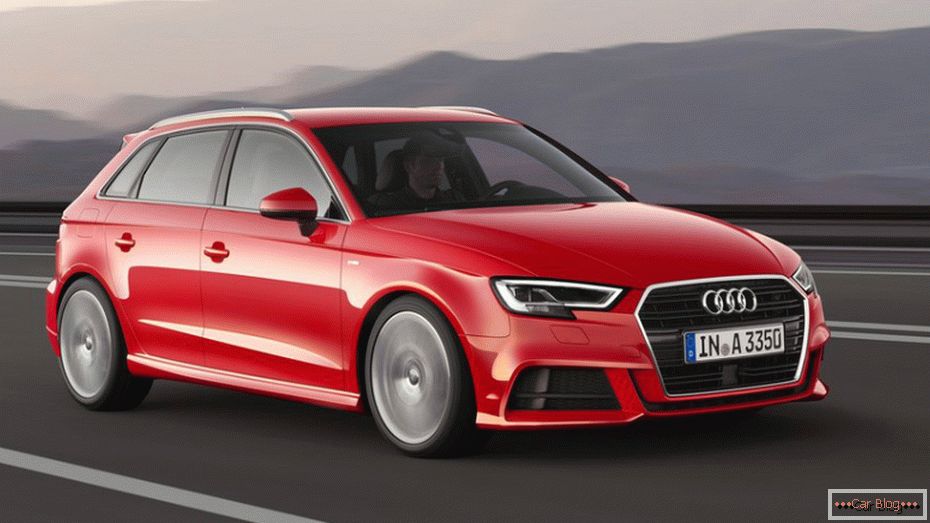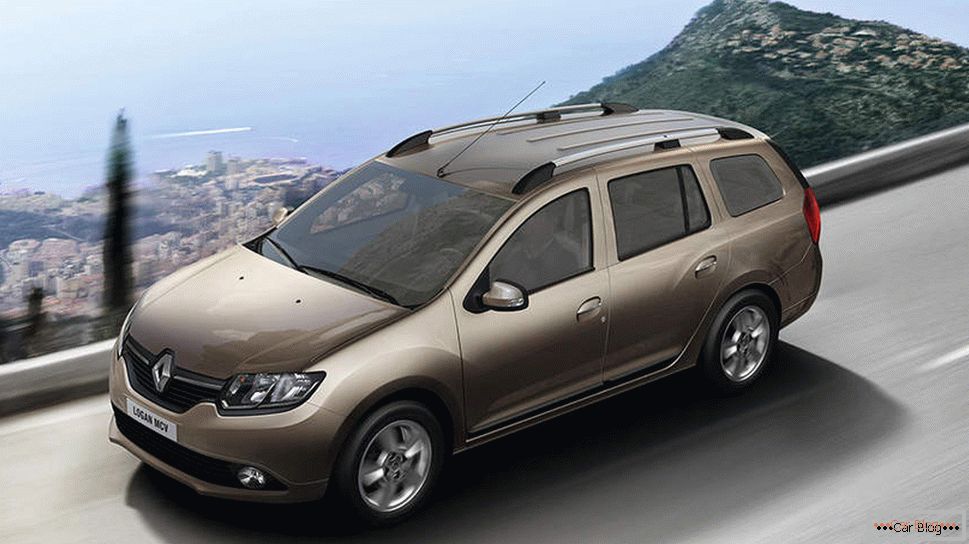Automatic transmissions are no longer the privilege of expensive premium cars. Already on the DAEWOO Matiz minicar, the manufacturers install an inexpensive automatic transmission, so even buyers of low-cost cars can find out what is better automatic or mechanic.
Such a comparison is not all drivers consider correct, because the behavior of cars with different ways to change gears in some situations is different. However, we will try to draw parallels between the selected checkpoints, as well as find the points of intersection.
Content
- 1 "Automatic" for the lazy?
- 2 Lovers of aggressive driving
- 3 Fuel Question
- 4 Passableness in any conditions and car transportation
- 5 Financial benefits
- 6 Conclusion
"Automatic" for the lazy?
The most popular argument in favor of automatic transmissions is called a more comfortable driving. Drivers with automatic transmission argue in the form of a smaller number of pedals and the uselessness of regular gear shifting with a lever. City car owners, accustomed to long traffic jams will agree with such a justification of the positive side.
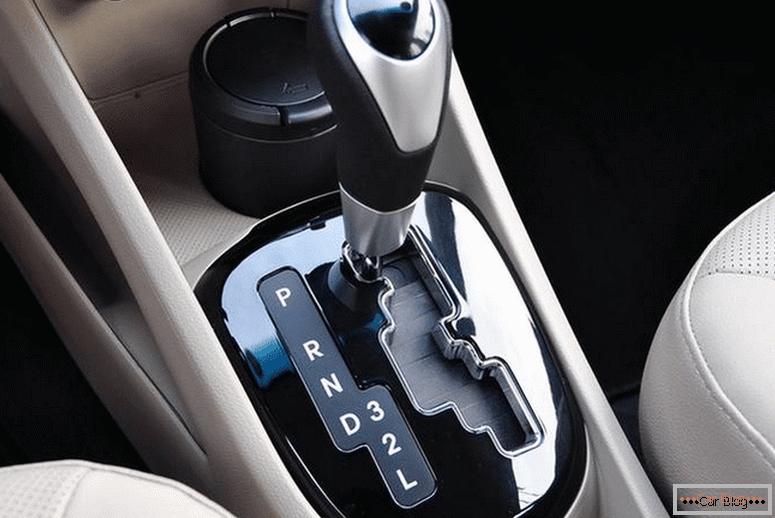
Constant tugging of the gear knob and squeezing the clutch adversely affects this node.
It is also believed that a large number of processes running behind the wheel for a short time increases the level of stress. But calm and focused state affects traffic safety.
Drivers are unequivocally sure that the car should increase the level of comfort, therefore, choosing which gear box is better than automatic or mechanic preferences are often on the side of cars without a clutch pedal. With this option, even both hands remain on the steering wheel, without being distracted by the gearshift knob.
Lovers of aggressive driving
Fans of manual gear changes assure that only with this method can the power of the power plant be released outside, controlling the sharp acceleration of the motor. However, not all automatic transmissions do their work equally smoothly. For example, CVT units really "thoughtfully" perform the driver's commands. But in the course of smoothness with them it is hard to pick up, choosing an automatic or mechanic, the pros and cons of the designs.
Robotized and hydrotransformer units work more lively, but in this process responsibility is shifted to the intelligence of electronic algorithms. To compensate for the smoothness of the set speed, the driver gets careful attitude to the engine and reduced consumption without excessive fuel injection into the combustion chamber. In this case, the gear ratios will be at short intervals so that the tachometer does not go into the red zone of high revs, and the car is more economical.
See also: The CV joint boot broke: how much can you drive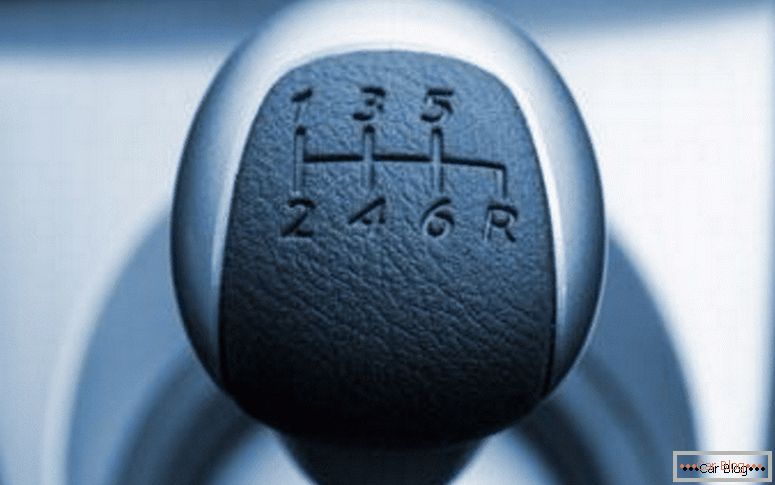
To compensate for aggressive driving style helps sport mode modern automatic transmission. An added bonus are the familiar paddle shifters. Although this is not a full-fledged compensation of a mechanical box, they can give a feeling of controllability.
An example of high-quality use of automation are Jaguar, Ferrari, Porsche, on which manufacturers have already put even 8-speed automatic transmissions capable of speed up a hundred kilometers in 3-4 seconds. But for such parameters automakers are asking for substantial financial compensation, because the car is far from middle class.
For budget cars are usually provided 5-speed units. They will not give out ultra high-speed characteristics, but they will save the motor from overheating, overloads and rapid wear, which is important for economical car owners novice drivers of both sexes.
Fuel issue
Comparing the passport characteristics of fuel consumption for similar brands, differing only in transmission units, it is possible to catch the difference between the mechanics and the automaton, and who will benefit from this difference. Although often the design parameter specified by the manufacturer for mixed driving with manual transmission is 0.5–1 l less than that of a car with automatic transmission, the practice often shows a little more difference.
Progress forces engineers to struggle with such a difference, and sometimes it is done successfully. No wonder that various economical options are being implemented, for example, Start-Stop systems.
It happens that the drivers on the “mechanics” spend more gasoline than on the “automatic”, but the reason is the driving style, frequent peregazovki when changing gears, unreasonable acceleration and sudden braking.
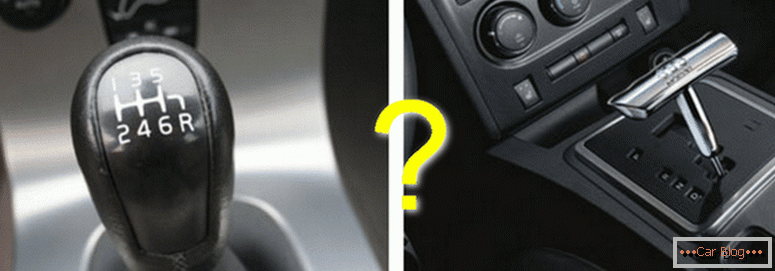
The most effective example of a successful design of an automatic box are units with the German VW Group DSG classification. The abbreviation hides the preselective robotic box with two clutches. This design ensures the maintenance of high engine speeds with fast and frequent gear changes. A good example is the VW Polo, which has a DSG unit and consumes less fuel on its passport than its counterpart with mechanics.
Passableness in any conditions and car transportation
When analyzing the behavior of cars with different boxes in the sand, it is considered that the mechanic wins, in which the technical capabilities for this extreme situation are more adapted. An experienced driver will be able to correctly dispose of such a resource.
The average automatic transmission will use a universal behavior algorithm in such a situation. It is not always effective for buried cars. In expensive car brands, for example, English Land Rover, highly intelligent automation comes to the aid of drivers. Redistribution of efforts, blocking and other methods of control contribute to solving the problems of a car loaded in quicksand.
See also: How does an automatic transmission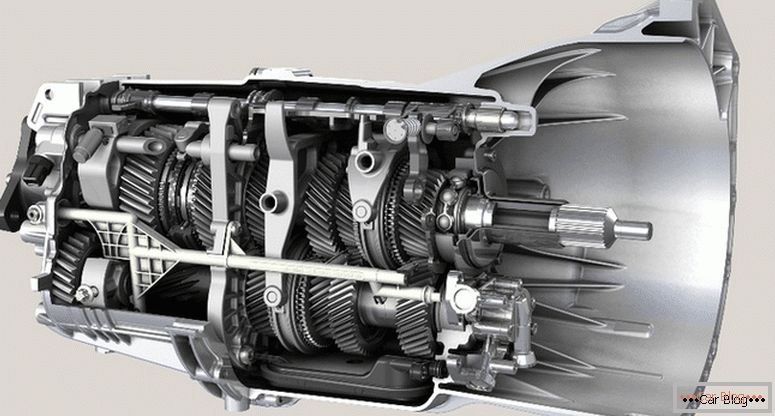
For some time now, to help drivers of middle-class cars for these vehicles migrate additional modes, for example, "Winter", which reduces the drive wheels, so that a strong pressure on the accelerator pedal does not entail unnecessary slipping. Sometimes it even turns on the opportunity to get under way in second or third gear.
Automakers do not give any obvious restrictions on towing a car with “mechanics”, unlike “automatics”. For automatic transmission is not recommended to use towing. It is necessary only to call tow trucks. Although if you cannot call for help, it is allowed to use the tug at a low speed of up to 40-50 km / h for a close distance of up to 30 km. This should be set to neutral (N) mode.
With a dead battery, manual transmission owners simply push the car apart, and the driver can then start it on the go. The owners of the automatic transmission such a trick will not succeed.
Financial benefits
Choosing a new vehicle with an automatic transmission, the owner must pay a larger amount than when buying the same car, but with the “mechanics”. The difference is about 1000 dollars. This does not stop, because automatic transmission service is more expensive than manual transmission.
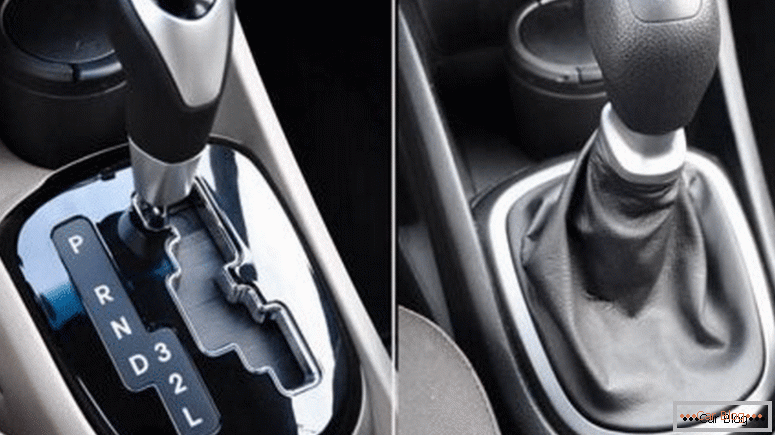
For example, the oil needs to be changed in “automata” on average already at 60 thousand runs, and on the “mechanics” it is possible to ride up to 90 thousand on the same lubricant. Also, the volume of lubricant in automatic boxes requires from 6 to 9 liters. In contrast to the "mechanics", which is enough 3-4 liters of cheaper lubrication. Any repair is accordingly more expensive for a more complex structure. Therefore, the automatic transmission is good as a new unit.
Conclusion
Progress, shifting automation onto most of the processes, is unlikely to be stopped in various sectors, including the automotive industry. The percentage of automatic boxes in cars grows with the quality of such units. Some predictors leave the “mechanics” only for autosport in the future. Even in the SDA, a separate paragraph was allocated a column for drivers with an “automatic”, knowing that it was easy to transfer to the manual transmission, but the reverse process can cause considerable difficulties.

